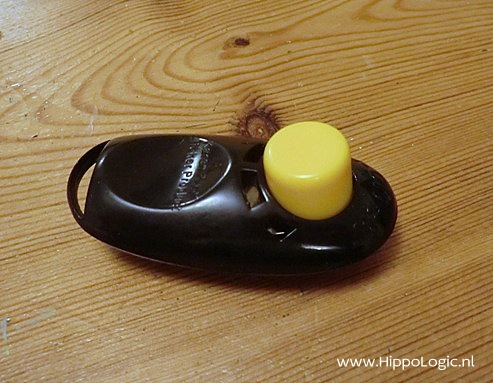How to teach your horse to lift his legs. so you can feel safe cleaning his feet.
- Encourage your horse to do a weight shift. Reward taking off weight of his leg with a click and treat
- Reinforce lifting the leg up
- Support the leg, without holding onto it
- Guide the leg down
- Build on duration and keeping his foot up in the air
- Add your cue
- Fade out clicks and treats
- Train the next leg
What are Husbandry Skills?
The term ‘husbandry skills’ refers to all the behaviours you want to teach an animal in order to take care of them safely. Daily husbandry skills are haltering, leading, grooming, cleaning hooves, cleaning nostrils, eyes and ears and so on. Medical procedures like drawing blood (important in zoo animals) or administering medication (injections, oral medication, ointments) are also a part of husbandry skills.
In this blog series I will share with you how I train a young horse to lift her legs for hoof care with positive reinforcement (clicker training).
Young horses

At the SPCA barn I ‘m training a young horse to lift her legs for hoof care and trims.
The farrier did a good job last time, but his time was limited to do the trim due to the horse.
The mare was very scared and stressed. She is not yet properly trained to lift legs and let us clean her hoofs, let alone lift her legs long enough for a trim.
My goal is to have her much better prepared for a trim next time. I would like her to lift her legs on cue and hold her legs up herself (no leaning into the farrier). I want her to be confident and stress free during a trim.
Building a relationship and trust first
This horse, let’s call her A. is young and she is really scared to be touched, especially on her legs. I introduced myself to her with offering scratches over the fence. She is really itchy at the moment due to shedding, so scratches are a good reinforcer to her right now. The best way to start a relationship is to start giving.
Protective contact
In a few sessions A. figured out how to ‘call me over’ (Starter button) so I would scratch her: if she aligns herself with the fence I come over and scratch her. I started with her chest area, now A. also let me scratch her withers, under her mane, her chest and her bum.
She knows that she can walk away and I don’t (can’t) follow her. She is in control: she can tell me where I need to scratch her and for how long. She even is in control of how much pressure she likes in a certain spot by pushing more or less into my hand.
End of Session signal
I taught her the end of session signal: I show her my two empty hands and say ‘All done‘. It is interesting to see that she now immediately goes back to her hay if I give her my end of session signal. She knows the reinforcers (attention, scratches) will stop now.
I find it very important to have a way to communicate to the horse when and when not to expect reinforcers from me. It helps prevent mugging and turning your horse into a pushy horse.
Next step: introducing the clicker
Now I have a bit of a positive relationship and established some rules (start session, end session, she learned that she can influence her training) and I can take her training to the next level: introducing the bridge or marker signal, the click.
I will keep you updated about A.’s training in the next blog.
Read more:
Husbandry skills: Hoof Care (part II)
Prepare your Horse for the Farrier with Clicker Training
Happy Horse training!
Sandra Poppema, B.Sc., founder of HippoLogic



Pingback: Husbandry skills: Hoof Care (part II) | HippoLogic
Pingback: Preparing your Horse to the Farrier with Clicker Training | HippoLogic
Pingback: Husbandry skills: hoof care (part III) | HippoLogic